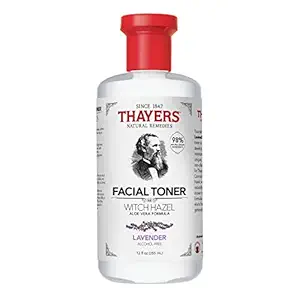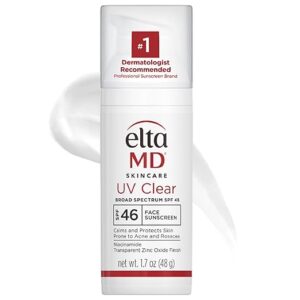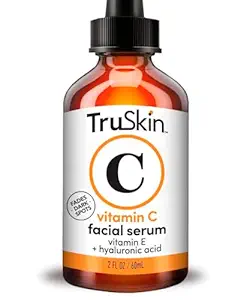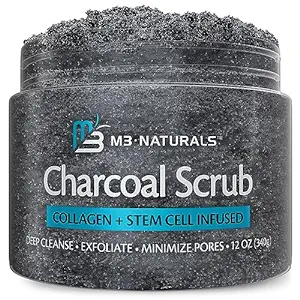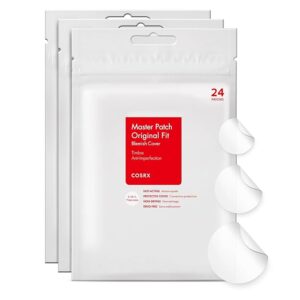Taking care of your skin is essential for maintaining a healthy and glowing complexion. A good skincare regimen not only helps you achieve smooth, radiant skin but also addresses issues like acne, dryness, or aging. However, with the overwhelming number of products available today, building a skincare routine that works for you can feel daunting. This guide will walk you through the steps to create a personalized regimen, whether you’re new to skincare or looking to refine your existing routine.
1. Know Your Skin Type
Before you dive into buying products, it’s crucial to understand your skin type. Your skin type will help determine the types of ingredients and products that will work best for you. The main skin types are:
- Normal skin: Balanced skin that’s neither too oily nor too dry.
- Oily skin: Skin that produces excess sebum, leading to shininess and potential breakouts.
- Dry skin: Skin that lacks moisture, often feeling tight or flaky.
- Combination skin: Skin that’s oily in some areas (typically the T-zone: forehead, nose, and chin) and dry in others (cheeks).
- Sensitive skin: Skin that reacts easily to products, often leading to irritation or redness.
Knowing your skin type is the first step in choosing the right products. For example, if you have oily skin, you’ll want to focus on oil-free and mattifying products, while those with dry skin should look for hydrating and moisturizing ingredients.
2. Start With the Basics
When building a skincare regimen, start with the basics and build from there. These are the core steps everyone should follow:
Cleanser
Cleansing is the foundation of any good skincare routine. A gentle cleanser removes dirt, oil, and makeup, leaving your skin clean and ready for the next steps. Choose a cleanser based on your skin type:
- Oily or acne-prone skin: Opt for a foaming or gel-based cleanser with ingredients like salicylic acid.
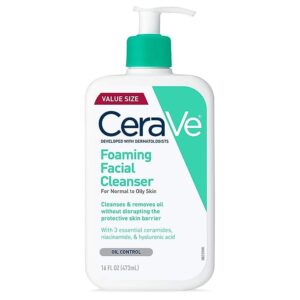
- Dry or sensitive skin: A cream or hydrating cleanser with soothing ingredients like glycerin or aloe vera is ideal.
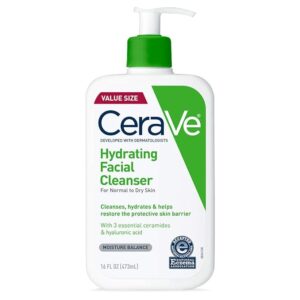
Avoid over-cleansing, as it can strip your skin of its natural oils, leading to irritation or dryness.
Toner
Toner helps balance your skin’s pH levels and preps it to absorb the products you apply afterward.
Modern toners are not as harsh as older formulas and can provide added hydration and nutrients. Look for alcohol-free toners to avoid drying out your skin. Popular ingredients like rose water, witch hazel, or hyaluronic acid offer soothing and hydrating benefits.
Moisturizer
Moisturizing is essential to keep your skin hydrated and supple. Even if you have oily skin, moisturizing is necessary to maintain your skin’s moisture barrier. The key is to find a moisturizer that suits your skin type:
- Oily skin: Look for lightweight, oil-free moisturizers or gel-based formulas.
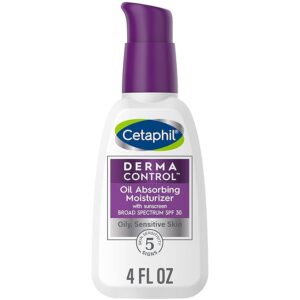
- Dry skin: Rich creams with ingredients like shea butter or ceramides can help lock in moisture.
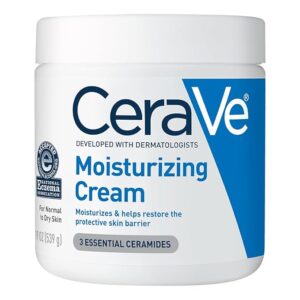
- Sensitive skin: Choose a fragrance-free moisturizer to minimize irritation.
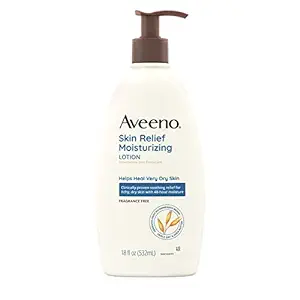
Sunscreen
Sunscreen is non-negotiable in any skincare routine. It protects your skin from harmful UV rays, which can cause premature aging, sunspots, and increase your risk of skin cancer. Choose a broad-spectrum sunscreen with at least SPF 30 and apply it daily, even on cloudy days or when indoors.
3. Add Targeted Treatments
Once you’ve mastered the basics, you can introduce targeted treatments to address specific skin concerns, such as acne, hyperpigmentation, or fine lines. These treatments often come in the form of serums, exfoliants, or spot treatments. Here’s a breakdown of common treatments:
Serums
Serums are lightweight, fast-absorbing liquids that contain a high concentration of active ingredients.
Depending on your skin concerns, you can choose a serum with:
- Vitamin C: For brightening and reducing dark spots.
- Hyaluronic acid: For hydration and plumping the skin.
- Retinol: For anti-aging and reducing fine lines.
- Niacinamide: For calming inflammation and controlling oil production.
Apply serums after cleansing and toning, but before moisturizing.
Exfoliants
Exfoliation helps remove dead skin cells, unclogs pores, and promotes cell turnover.
There are two types of exfoliants:
- Physical exfoliants: Scrubs with small granules that manually slough off dead skin. Use sparingly, as overuse can damage your skin.
- Chemical exfoliants: Acids like alpha hydroxy acids (AHAs) or beta hydroxy acids (BHAs) that gently dissolve dead skin cells without scrubbing. These are often better for sensitive or acne-prone skin.
Limit exfoliating to 1-3 times per week, depending on your skin’s tolerance.
Spot Treatments
If you have occasional breakouts, a spot treatment with ingredients like benzoyl peroxide or tea tree oil can help reduce inflammation and clear blemishes quickly. Apply directly to pimples after your serum but before your moisturizer.
4. Customize Your Routine Based on Time of Day
Your skin has different needs during the day and at night, so it’s important to tailor your regimen accordingly.
Morning Routine
In the morning, focus on protecting your skin from environmental factors like pollution and UV rays. A simple morning routine might look like this:
- Cleanser
- Toner
- Serum (optional, for brightening or hydration)
- Moisturizer
- Sunscreen
If you’re pressed for time, you can skip the toner and serum, but don’t skip sunscreen.
Night Routine
At night, your skin enters a repair mode, so it’s the perfect time to incorporate treatments that address specific concerns. A nighttime routine might look like this:
- Cleanser
- Toner
- Serum (for anti-aging, acne, or hydration)
- Moisturizer (you can opt for a richer night cream)
- Optional: Retinol or other treatment products
5. Be Consistent and Patient
Building an effective skincare routine is all about consistency. Results won’t happen overnight, but with regular use, you’ll begin to see improvements in your skin’s texture, tone, and overall health. Stick with your routine for at least a few weeks before making any changes.
It’s also important to be patient with new products. Your skin may take time to adjust, especially with active ingredients like retinol or AHAs. Introduce one new product at a time to monitor how your skin reacts.
6. Don’t Forget Lifestyle Factors
Your skincare routine is only one part of the equation. Healthy skin also depends on other lifestyle factors, including:
- Diet: Eating a balanced diet rich in antioxidants, vitamins, and healthy fats can improve your skin from the inside out.
- Hydration: Drinking plenty of water keeps your skin hydrated and supports its natural barrier function.
- Sleep: Getting enough rest allows your skin to repair and regenerate.
- Stress management: Stress can trigger breakouts and other skin issues, so finding ways to manage stress is key.
Conclusion
Building a skincare regimen that works for you takes time, but once you find the right combination of products and practices, you’ll see lasting benefits. By understanding your skin type, starting with the basics, adding targeted treatments, and customizing your routine for day and night, you can achieve the glowing, healthy skin you’ve always wanted. Remember, consistency is key, and don’t hesitate to adjust your regimen as your skin changes over time.

